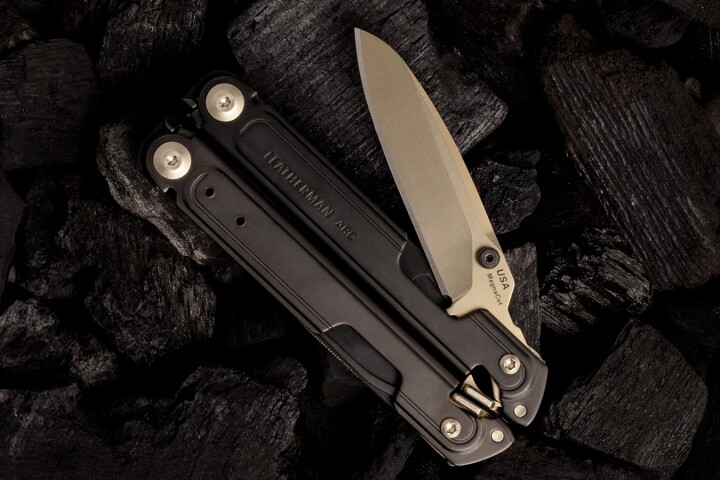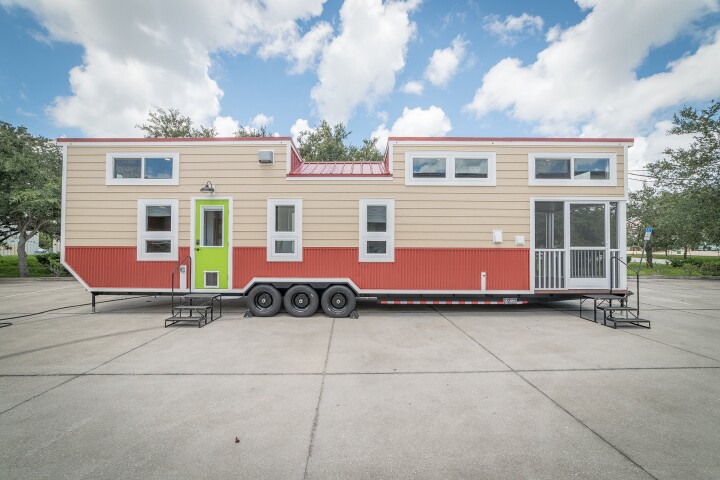When using a handheld power drill, it can be difficult to ensure that the bit stays completely straight relative to the surface which is being drilled into. The Core is designed to help, by projecting a nifty laser sight onto that surface.
Currently the subject of a Kickstarter campaign, the Core is made by Chicago-based company BullseyeBore.
It's a diamond-shaped device which slips onto a third-party drill's chuck, then spins along with that chuck and the bit. As it does so, it projects two laser beams which appear as two concentric circles on the work surface.
If the inner circle isn't perfectly round and centered within the outer circle, it means that the drill isn't being held at an exact right angle relative the material. Should this be the case, the user just moves the drill by hand until the two circles line up. An Extended model, made for use with particularly long bits, projects three circles for additional precision.

BullseyeBore is quick to point out there are other devices designed to straighten handheld drilling, but that they have some shortcomings.
Drill-mounted bubble levels, for instance, only work if the work surface is completely parallel to the plane of the earth. By contrast, because the Core doesn't rely on gravity, its work surfaces can be oriented at any angle.
There are also drill guides such as cups or blocks, but these block the user's view of the bit, they have to be held in place by the user (or another person) and they usually only work for specific bit sizes or drill types. The Core reportedly works with pretty much any drill or bit, the latter up to half an inch in diameter.

Buyers can choose between bright green lasers or weaker but more energy-efficient red ones. The green beams run for about 2.5 hours per set of two disposable coin cell batteries, whereas the red beams are claimed to be good for approximately nine hours.
Kickstarter pledges start at US$129 for a package of two Cores – one Standard and one Extended – with the backer's choice of red or green lasers. The planned retail price for that combo is $215. Assuming everything works out, shipping should commence in July.
The Core is demonstrated in the following video.
Sources: Kickstarter, BullseyeBore







